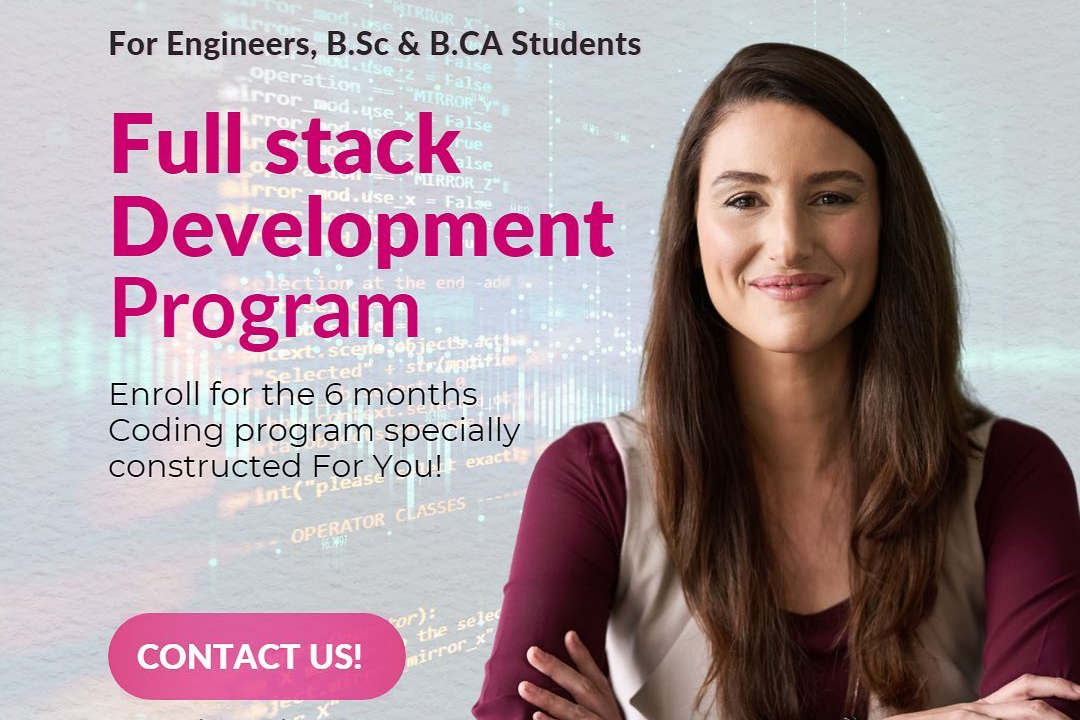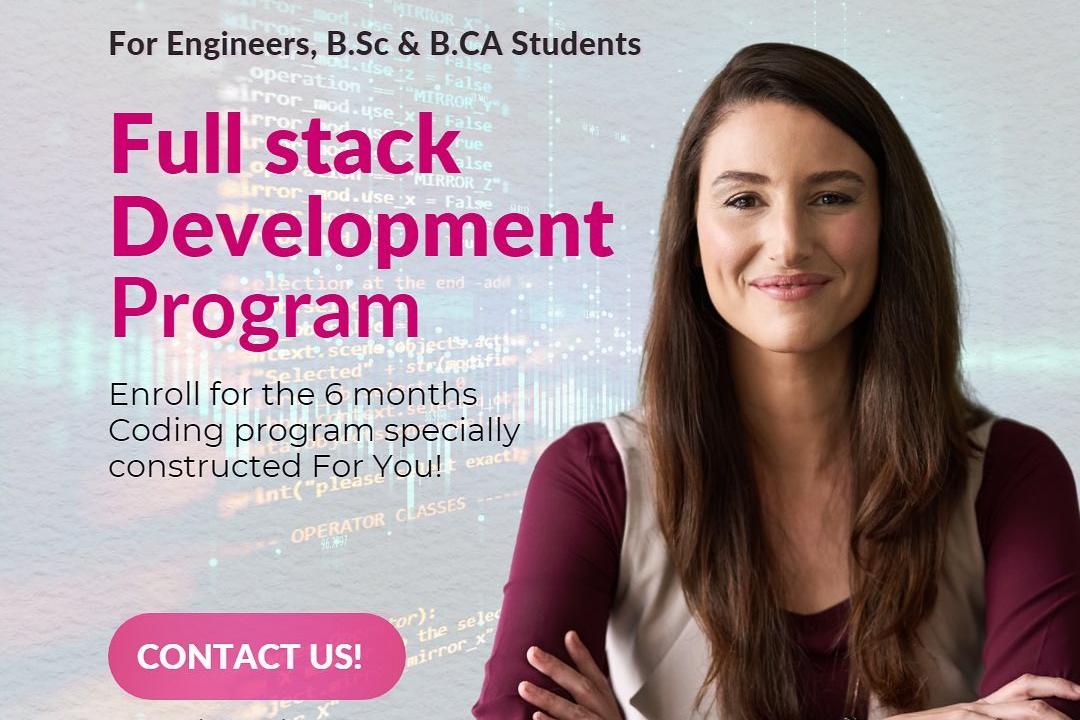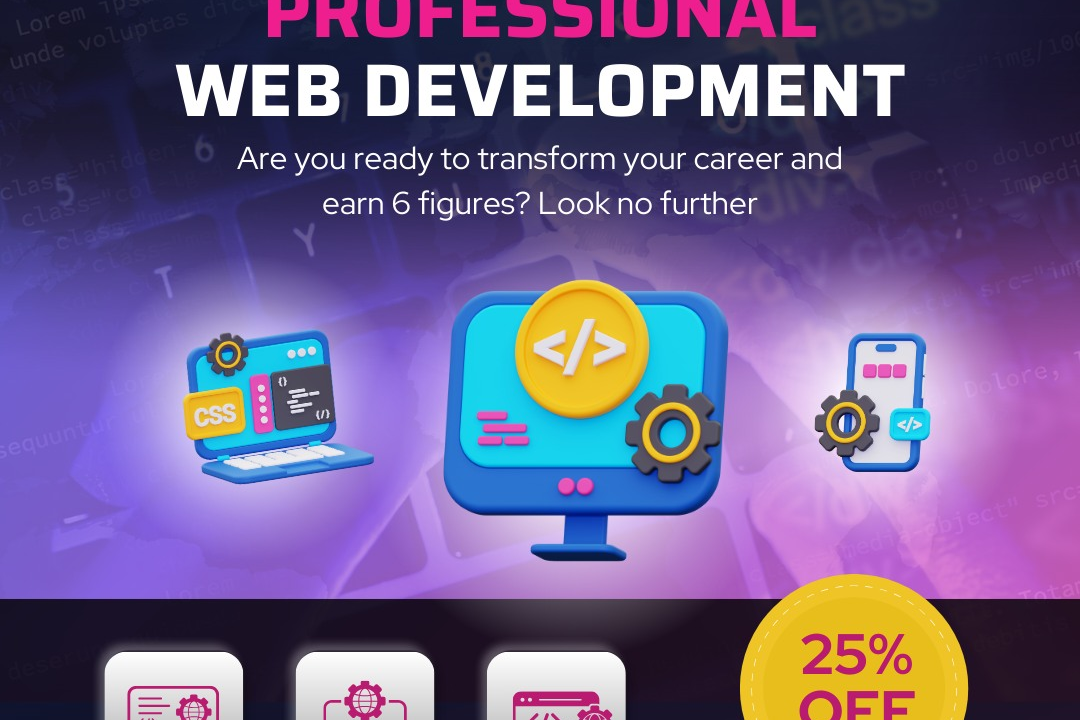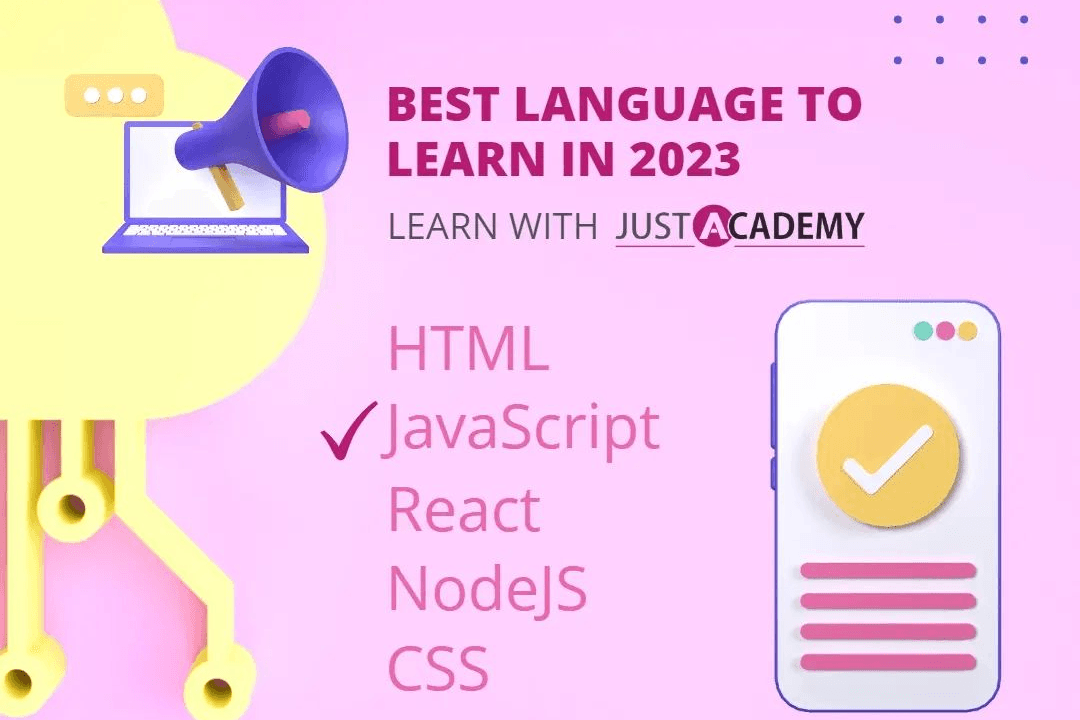React Js Interview Questions For 2 Year Experienced
React.js Interview Questions for Candidates with 2+ Years of Experience
React Js Interview Questions For 2 Year Experienced
React JS interview questions for 2 years of experience typically assess candidates' understanding of advanced React concepts, performance optimization techniques, and experience working with ecosystem libraries and technologies. These questions delve into topics such as state management (Redux, Context API), component optimization, error handling, testing, and deployment strategies. By evaluating candidates' responses, interviewers aim to gauge their ability to apply React in real-world scenarios, solve complex problems, and contribute effectively to a development team.
To Download Our Brochure: https://www.justacademy.co/download-brochure-for-free
Message us for more information: +91 9987184296
1 - Explain the virtual DOM in React:
The virtual DOM is a representation of the real DOM, but it exists solely in the memory. When changes are made to the virtual DOM, React efficiently updates the real DOM only when necessary, reducing unnecessary re renders.
2) Describe the lifecycle of a React component:
The lifecycle of a component includes mounting, updating, and unmounting. Each stage has specific methods (e.g., componentDidMount, componentDidUpdate, componentWillUnmount) to perform necessary actions.
3) Explain the difference between props and state in React:
Props are immutable values passed from the parent to child components, while state is mutable data managed within the component. State changes trigger re renders, allowing dynamic behavior.
4) How do you optimize performance in React applications:
Optimizations include using immutable data structures, memoization, function components over class components, and optimizing rendering by using techniques like shouldComponentUpdate.
5) Explain React's event handling system:
Event handling in React uses synthetic events, which provide a consistent and cross browser compatible way to handle user interactions.
6) Describe the concept of hooks in React:
Hooks are functions that provide access to React's features and state management without writing class components. They simplify code organization and enhance reusability.
7) How do you structure a React application:
Best practices include using a component based architecture, separating presentation and logic, using state management libraries, and adhering to design patterns.
8) Explain the Redux pattern:
Redux is a state management pattern that provides centralized management of application state. It uses reducers and actions to maintain a single source of truth for the application.
9) How do you handle asynchronous operations in React:
Asynchronous operations can be handled using promises, async/await, or lifecycle methods like componentDidMount. React also provides built in hooks like useEffect and useReducer to manage side effects.
10) Explain the role of context in React:
Context allows components to access data from anywhere in the application without passing props through multiple intermediate components. It simplifies data sharing and reduces prop drilling.
11 - How do you debug React applications:
Debugging techniques include using the React Developer Tools, console.log statements, error boundaries, and unit testing.
12) Discuss the differences between class and functional components:
Class components use the class syntax and have a built in lifecycle, while functional components are defined as functions and rely on hooks for state management and side effects.
13) Explain how to handle routing in React:
React Router is a library used for routing in React applications. It provides components for defining routes and navigating between them.
14) Discuss the role of CSS in React applications:
CSS is used to style React components. Best practices include using inline styling, CSS modules, or external stylesheets, and following naming conventions like BEM or CSS in JS.
15) Explain the principles of responsive design in React:
Responsive design involves adapting the UI to different screen sizes and devices. React provides tools like media queries and CSS breakpoints to adjust component behavior and styling based on the viewport size.
- Play more games. The more games you play, the more points you'll earn.
- Win games.* Winning games earns you more points than losing games.
- Play against tougher opponents.* Playing against tougher opponents earns you more points than playing against easier opponents.
- Complete achievements.* Completing achievements earns you points.
- Use power ups.* Power ups can help you win games and earn more points.
- Join a clan.* Joining a clan can give you access to clan wars, which can earn you more points.
- Participate in events.* Events can offer special rewards, such as points.
- Be patient.* It takes time to accumulate points. Don't get discouraged if you don't see results immediately.
- Course Overview
- This course is designed for intermediate-level React JS developers with approximately two years of experience seeking to ace upcoming job interviews. It covers essential React concepts, interview strategies, and in-depth preparation techniques to empower candidates to confidently answer technical questions and showcase their proficiency in React development.
- Course Description
- Master the art of acing React JS interviews with 2+ years of experience. This course covers fundamental concepts, advanced topics, and common interview questions. Enhance your understanding of React components, state management, hooks, performance optimization, and best practices. Prepare thoroughly and gain confidence to showcase your skills and knowledge in your next React JS interview.
- Key Features
- 1 - Comprehensive Tool Coverage: Provides hands-on training with a range of industry-standard testing tools, including Selenium, JIRA, LoadRunner, and TestRail.
- 2) Practical Exercises: Features real-world exercises and case studies to apply tools in various testing scenarios.
- 3) Interactive Learning: Includes interactive sessions with industry experts for personalized feedback and guidance.
- 4) Detailed Tutorials: Offers extensive tutorials and documentation on tool functionalities and best practices.
- 5) Advanced Techniques: Covers both fundamental and advanced techniques for using testing tools effectively.
- 6) Data Visualization: Integrates tools for visualizing test metrics and results, enhancing data interpretation and decision-making.
- 7) Tool Integration: Teaches how to integrate testing tools into the software development lifecycle for streamlined workflows.
- 8) Project-Based Learning: Focuses on project-based learning to build practical skills and create a portfolio of completed tasks.
- 9) Career Support: Provides resources and support for applying learned skills to real-world job scenarios, including resume building and interview preparation.
- 10) Up-to-Date Content: Ensures that course materials reflect the latest industry standards and tool updates.
Benefits of taking our course
Functional Tools
1 - React: A JavaScript library for building user interfaces. It provides a declarative approach to creating reusable components, making it easier to build complex UIs.
2) Redux: A state management library for React. It helps manage the application state, making it easy to keep track of changes and update the UI accordingly.
3) Webpack: A module bundler for JavaScript. It takes multiple JavaScript files and concatenates them into a single file, making it easier to deploy and manage.
4) Jest: A testing framework for React. It allows you to write tests for your React components, ensuring they work as expected.
5) Enzyme: A testing utility for React. It provides a set of helpers to make it easier to write tests for your React components.
6) GraphQL: A query language for APIs. It allows you to specify the exact data you want from an API, making it more efficient and easier to work with.
- Answer questions accurately and thoroughly. The more helpful and informative your answers are, the more likely you are to get upvotes.
- Ask thoughtful questions.* Questions that are interesting, provocative, or insightful are more likely to get attention and upvotes.
- Be active in the community.* Participate in discussions, upvote other users' content, and help out newcomers. This will make you more visible and increase your chances of getting upvotes.
- Use tags to categorize your content.* This will help people find your content more easily and increase your chances of getting upvotes.
- Promote your content.* Share your content on social media or other forums to get more exposure.
- Be patient.* It takes time to build up a reputation and get upvotes. Don't get discouraged if you don't see results immediately. Just keep providing valuable content and participating in the community, and you will eventually see success.
Browse our course links : https://www.justacademy.co/all-courses
To Join our FREE DEMO Session: Click Here
This information is sourced from JustAcademy
Contact Info:
Roshan Chaturvedi
Message us on Whatsapp: +91 9987184296
Email id: info@justacademy.co
React Native Interviews Weekend
Angular And Node Js Interview Questions












